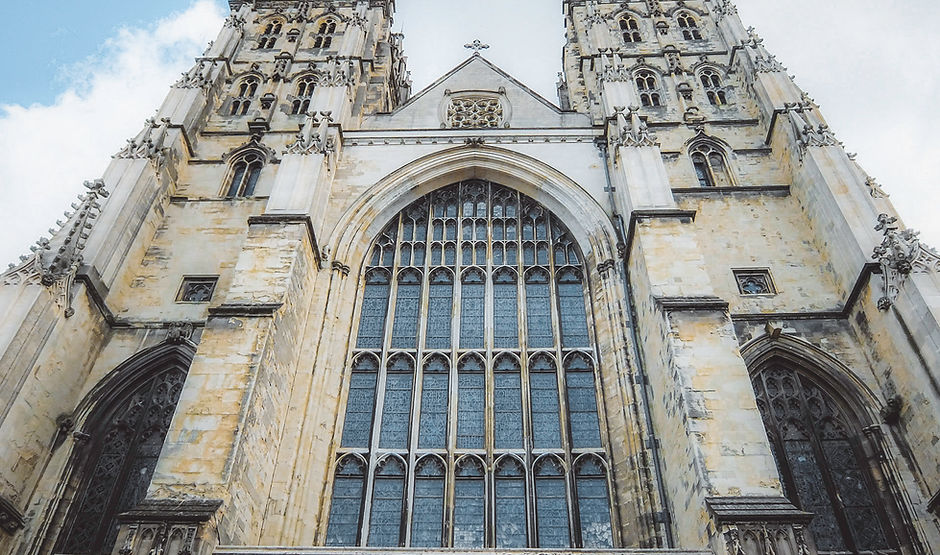
HOW WITHERSPOON RESOLVED CHURCH VS. STATE CONFLICT
By adopting the philosophy of common sense realism, Witherspoon could bring about a resolution between the demands of church and state. Even though there was a distinct movement to encourage a cloistered priesthood that would adopt a neutral political stance in colonial America, Witherspoon did not believe that pastors should keep themselves or their flock away from practical affairs and the political turmoil around them. He considered such attempts to be wrong, unrealistic and against the grain of common sense, hence he declared that “a healthy national church” was one that translated into “a virtuous people and a strong nation.”. When he disseminated his message through his sermons and speeches, his common sense rhetoric and his “gravitas” attracted huge crowds and followers across the nation.
Wide-scale agnosticism was sweeping across colonial America in reaction to the excesses of Calvinism with its attempts to proselytize and police. In politics, the mood was to keep the church and the state separate. Though Witherspoon did support the case for a secular America in spite of his calling as a pastor, he was not in favor of a “godless” America. He, therefore, called for “conscientious public service” and for leaders who forswore “sloth and ease” in order to “attempt great and difficult things.” Guided by his common sense realism, Witherspoon encouraged Americans to opt for “industriousness” that “instills personal virtue” and “promotes the interest and happiness of mankind.” What he was advocating was ethical secularism characterized by “unqualified integrity,” community “service” and “a genuine love of God and of neighbor” define American life even today. To date, American leaders invoke the help of God to do justice to their responsibilities while being sworn in, just as all Americans vow to stand as “one nation under God” when they take their pledges of allegiance. The framework that common sense realism offered thus not only made it easy for Witherspoon to coalesce his duties to the pew with the podium, but it also helped him define American values in those formative years.

HOW WITHERSPOON RESOLVED RELIGION VS. SCIENCE CONFLICT
When Witherspoon came to America in 1768 to head what is now Princeton University, he had personally decided to channel his piety into his pedagogy. However, he neither intend to preside over a Latin teaching religious seminary nor teach that the universe was godless. Following the line of common sense realism, he built Princeton University to be a center of nationalistic, scientific education as that would meet the common sense criteria of effecting the greatest good. Since “science and religion are bound irrevocably to the public interest, without which all the valuable ends of liberal education would be lost," he made it his mission to turn “Nassau Hall into a public institution of learning, teaching English and criticism, moral philosophy and rhetoric, with mathematics and natural philosophy [science] as a constant attendant.” His calling as a pastor notwithstanding, he became an amateur scientist and elected member of the Mechanical and Architecture committees. He bought the Rittenhouse Orrery for the University in 1771—the Orrery came to symbolize Princeton University’s scientific outlook and the institution acquired fame for the way it taught morality and nurtured reason.
, The Rittenhouse Orrery: Princeton's Eighteenth-century Planetarium (Princeton: Princeton University Library, 1851).